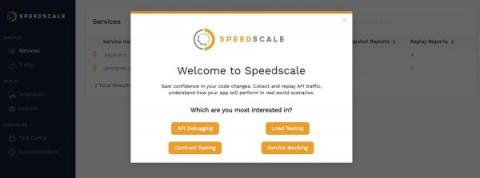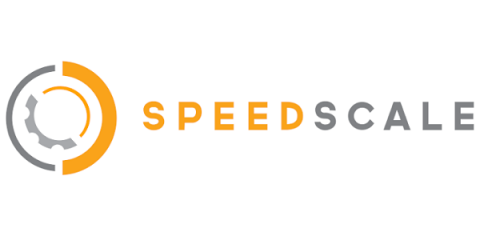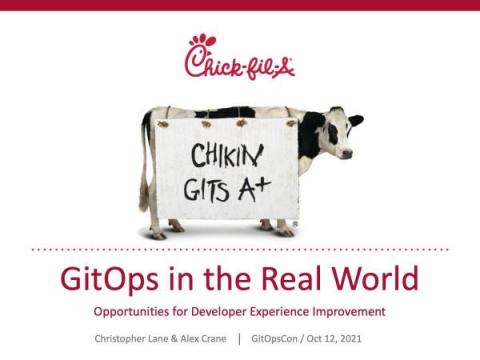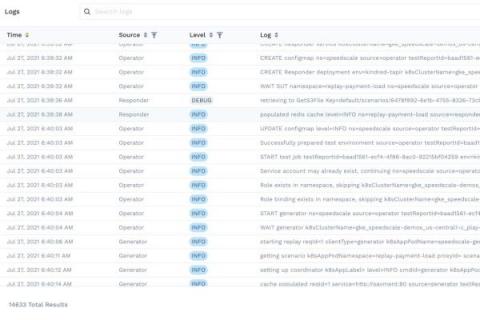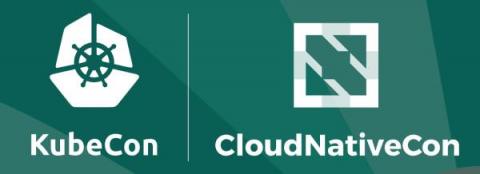Operations | Monitoring | ITSM | DevOps | Cloud
Speedscale
Play with the Speedscale - no registration required
For the first time, Kubernetes engineering teams interested in learning more about Speedscale will be able to play with the framework without registering, at play.speedscale.com. Engineers can see firsthand how you: While users won’t be able to actively watch replays run, there are a variety of pre-created traffic snapshots, reports and configs to browse. Engineers will be able to experience the ease with which snapshots are generated for fast, scalable test automation.
The HTTP/2 Landscape in 2021
When the internet first came into existence in 1983, its communication channels didn't exist, and it was just operational enough to be used for research purposes. In 1989, Tim Berners-Lee had the idea to develop a system for the internet using TCP/IP protocols. That public project at CERN introduced HTTP, HTML, World Wide Web (WWW), and a client-server as communication mechanisms. In this post, you'll learn how HTTP protocol works and how new versions brought it to where we are now, with the widely used HTTP/2 in 2021.
How to Test HTTP/2 APIs
Slowly but surely, HTTP/2 is becoming the favored protocol for transporting data files between clients and servers. While HTTP/1 used to be the only way of loading web applications, it’s now lagging behind, especially on the UX front. Since 2015, HTTP/2 APIs have taken the lead with lightning-fast server responses. In particular, they’re responsible for state changes and server responses without the need for browser reloads.
SOC2 Certification
Speedscale Inc. has achieved SOC 2 Type I compliance in accordance with American Institute of Certified Public Accountants (AICPA) standards for SOC for Service Organizations also known as SSAE 18. Achieving this standard with an unqualified opinion serves as third-party industry validation that Speedscale Inc. provides enterprise-level security for customer’s data secured in the Speedscale Inc. System. Speedscale Inc.
Cloud Testing at Facebook
At Speedscale, we are on the cutting edge of defining autonomous testing for the cloud era. However, we aren’t the only company trying to solve this problem and we enjoy learning from every perspective. That’s why Facebook’s recent blog article about autonomous testing caught my eye. They’ve built a sophisticated autonomous test system that introduces many of the same techniques we utilize.
Kubernetes GitOps at Scale from Chick-fil-A
Matt and I are out in Los Angeles this week for KubeCon 2021 this week. At the GitOpsCon event Tuesday we were excited to attend this Kubernetes session: GitOps in the Real World: Opportunities for Developer Experience Improvement.
Application Logging in 2021
Have you ever written a Hello, World! application? In most of these tutorials the first step is to log words to the console. It's an easy way to understand what is going on with your application and readily available in every programming language. The console output is incredibly powerful, and it has become easier than ever to capture that output as logs. As your application grows and evolves you need to implement a structured application log approach.
Looking forward to KubeCon
KubeCon + CloudNativeCon North America is just around the corner. I’ve been looking forward to this event for a long time, especially since 2020 was virtual and it looks like there will be an in person option this year. This should be a great event and there are going to be a ton of awesome sessions. Last year was simply enormous with over 15K attendees who joined virtually.
Considerations to Make When Running a Load Test
Load testing isn’t an engineer’s favorite task. Every setup choice made during performance testing will yield varying results. The chosen load test protocol is the difference between an application that performs well under most circumstances and one that buckles at hidden stress points. Yet failing to run adequate tests isn’t an option when dealing with a complex API architecture. Needless to say, all your load testing options must be carefully evaluated.



